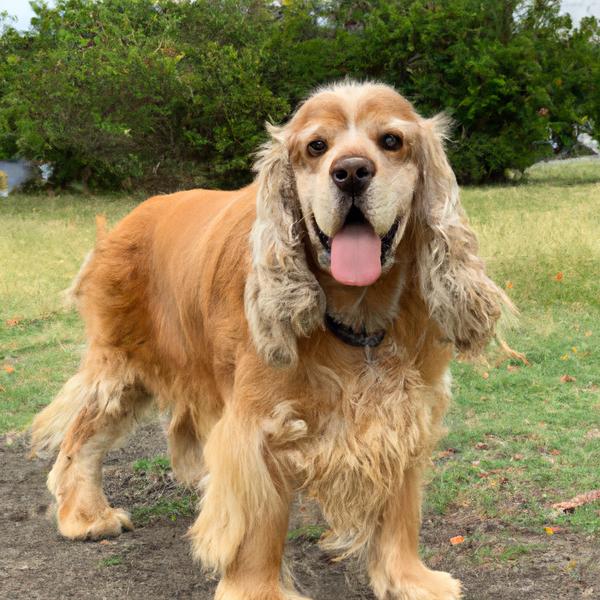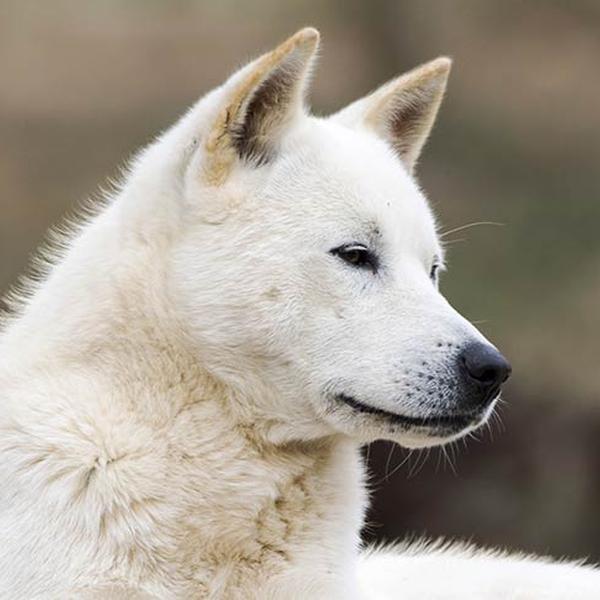Siberian Cocker vs. Jindo: Breed Differences and Similarities
Hypoallergenic
Are Siberian Cockers or Jindos hypoallergenic, or neither?
Unfortunately, neither Siberian Cocker nor Jindo are hypoallergenic, which may not make them the best choice for dog lovers who suffer from pet allergies.
Watchdog Ability
Which dog breed makes a better watchdog, the Siberian Cocker or Jindo?
Siberian Cockers are decent watchdogs - they'll alert their owner if something seems amiss.
Jindos make excellent watchdogs - they're vocal and protective of their territory.
Ancestry
What are the origins of Siberian Cocker and Jindo breeds?
Siberian Husky, American Cocker Spaniel
Spitz-type
Date of Birth
When were Siberian Cocker and Jindo breeds first developed?
Unknown
Eye Color Possibilites
What are the eye colors of Siberian Cocker and Jindo dogs?
Blue
Hazel
Brown
Brown
Nose Color Possibilites
What are the natural nose colors of Siberian Cocker and Jindo?
Black
Black
Coat Length
What is the typical coat length for Siberian Cocker and Jindo breeds?
Siberian Cockers are known for their coat length.
Jindos have coats that can be either short or medium in length.
Coat Density
What is the density of the coat of Siberian Cocker and Jindo?
Coat Texture
What is the hair texture of Siberian Cocker and Jindo?
Straight
Litter Size
What is the usual litter size for Siberian Cocker and Jindo?
A Siberian Cocker can have a litter of 6-8 puppies on average. However, it's worth noting that the size of the litters can vary greatly. Factors that can influence litter size include the health of the mother, breeding history, and genetics.
A Jindo can have a litter of 12-15 puppies on average. However, it's worth noting that the size of the litters can vary greatly. Factors that can influence litter size include the health of the mother, breeding history, and genetics.
Major Concerns
What are the major health concerns for Siberian Cocker and Jindo breeds?
Ectropion
Cardiomyopathy
Progressive Retinal Atrophy
Cataracts
Liver Disease
Hip Dysplasia
Bladder Stones
Congenital Heart Disease
Phosphofructokinase (PFK) Deficiency
Kidney Stones
Hypothyroidism
Minor Concerns
What minor health issues should be kept in mind when owning Siberian Cocker and Jindo?
Otitis Externa
Cherry Eye
Allergies
Hypothyroidism
Hip Dysplasia
Occasional Tests
What occasional tests are recommended for Siberian Cocker and Jindo breeds?
Full Physical Examination
Blood Sugar and Thyroid Tests
Chest X-rays
Eye and Ear Examination
Free Thyroxine (T4) Levels
Hip X-Rays
Thyroid Tests
Energy
How do the energy levels of Siberian Cockers and Jindos compare?
Siberian Cockers are suitable for those with a balanced lifestyle as they have an average energy level.
Jindos' high energy levels make them unsuitable for a low-key dog, choose accordingly.
Exercise Needed
Siberian Cocker vs Jindo exercise need comparison.
The Siberian Cocker and Jindo breeds need significant physical activity to maintain a healthy lifestyle. They are well-suited for those who lead an active lifestyle and enjoy activities such as running, hiking, or other outdoor pursuits.
Tendency to Bark
Do Siberian Cockers or Jindos bark more/less frequently?
Siberian Cockers bark moderately when necessary and may also bark due to certain triggers like fear, alarm, boredom, greeting, separation anxiety and compulsive barking.
Jindos are typically quiet and only bark when needed, such as to alert their owner or when in distress.
Past times
What are some enjoyable activities and ways to keep Siberian Cocker and Jindo entertained?
Playing fetch, Fetch, Runnig, Training
Walking, Sniffing, Dog Parks, Hiking, Road, Walk, Run
Activity Level
Which breed has higher energy, Siberian Cockers or Jindos?
Both Siberian Cocker and Jindo are medium-energy dogs that enjoy socializing and playing with other dogs. They may engage in casual or sustained games of chase, and occasionally have bursts of barking or racing around the house.
Walks per Week
How many miles should Siberian Cocker or Jindo walk each week?
There's really no limit to how far you walk your dog as long as they're comfortable. For Siberian Cocker, it's at least 8 miles / week. Just remember to build distance and stamina gradually over time.
There's really no limit to how far you walk your dog as long as they're comfortable. For Jindo, it's at least 9 miles / week. Just remember to build distance and stamina gradually over time.
Activity per Day
Do Siberian Cockers or Jindos require more exercise?
In general most Siberian Cockers usually need at least 60 minutes of exercise daily. This can be spread across the day and include all sorts of high-energy activities, like walking, running and playing.
In general most Jindos usually need at least 45 minutes of exercise daily. This can be spread across the day and include all sorts of high-energy activities, like walking, running and playing.
Grooming
Which breed is easier to maintain in terms of grooming, Siberian Cockers or Jindos?
Siberian Cocker and Jindo are breeds of dogs that require an average amount of grooming effort.
Brushing Frequency
What is the recommended brushing frequency for Siberian Cocker and Jindo dogs?
Siberian Cocker and Jindo should be brushed at least once a week. Of course, you can give them more frequent brushes if you find that they are still shedding a lot.
Brushing Tools
What brushing tools are used for Siberian Cockers and Jindos?
Slicker Brush
Comb
Scissors
Nail Clipper
Pin Brush
Comb
Deshedder
Nail Clipper
Cups
How much food should be given to Siberian Cocker or Jindo in cups?
For an average 30-40 pound (14 - 18 kg) Siberian Cocker feed 1 cups daily. But, keep in mind, the amount you feed is going to be dependent on the quality of the food you are feeding.
For an average 40-51 pound (18 - 23 kg) Jindo feed 2.3 cups daily. But, keep in mind, the amount you feed is going to be dependent on the quality of the food you are feeding.
Daily Cost
Which breed has a higher daily cost, Siberian Cocker or Jindo?
The average cost of a Siberian Cocker is somewhere $1.30 - $1.40 per day.
The average cost of a Jindo is somewhere $1.70 - $2.00 per day.
Monthly Cost
Which breed has a higher monthly cost, Siberian Cocker or Jindo?
The average per month expenses of a Siberian Cocker is between $42 - $42. This makes an average of $504 - $504 per year. It will be on the higher side when the dog is still small because it will need more frequent visits to the vet, shots.
The average per month expenses of a Jindo is between $48 - $63. This makes an average of $576 - $756 per year. It will be on the higher side when the dog is still small because it will need more frequent visits to the vet, shots.
Intelligence
Comparing Intelligence: Siberian Cockers vs Jindos
Siberian Cocker is a very intelligent and trainable breed.
Jindo is highly intelligent and very trainable.
Affection Dependance
Which is the more affectionate dog breed: Siberian Cocker vs Jindo?
Dog Friendly
Which breed is more sociable with other dogs: Siberian Cocker or Jindo?
Siberian Cockers are generally very friendly towards other dogs, with a happy and affectionate temperament.
Jindos are friendly and active companions, and can be good family pets, though their friendliness towards other dogs may vary.
Playfulness
Which breed is more playful between Siberian Cocker and Jindo?
Siberian Cocker and Jindo are playful dogs. So, no matter how busy the day may get, the best thing you can do for Siberian Cocker and Jindo is to make time each day to play. It can be as little as 15-20 minutes, and it will mean the world to them.
Trainability
How do the trainability levels of Siberian Cockers and Jindos compare?
Siberian Cocker and Jindo dogs are usually easy to train, but may require consistency to fully obey commands.
Compare Siberian Cocker with other breeds
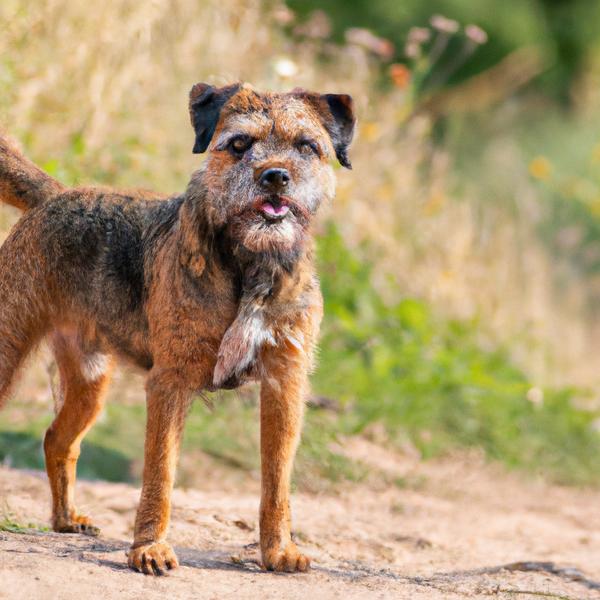
Border Terrier
Siberian Cocker vs Border Terrier
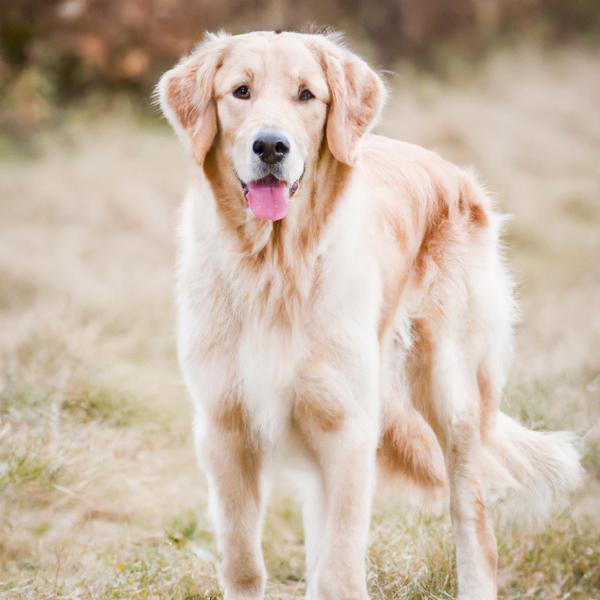
Golden Border Retriever
Siberian Cocker vs Golden Border Retriever
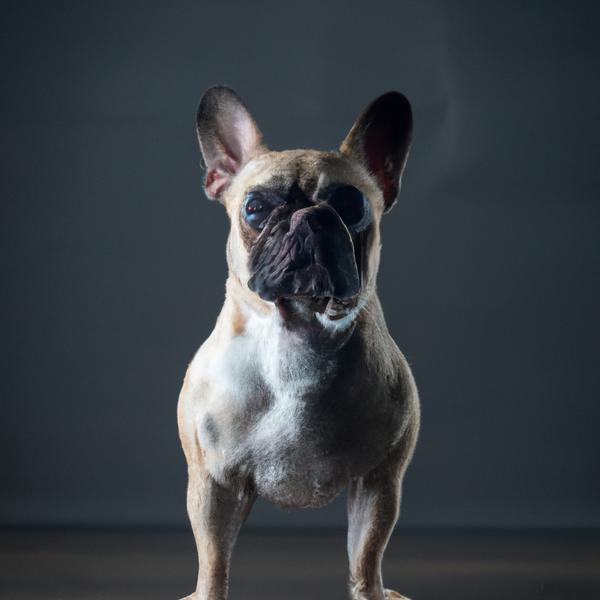
French Pin
Siberian Cocker vs French Pin
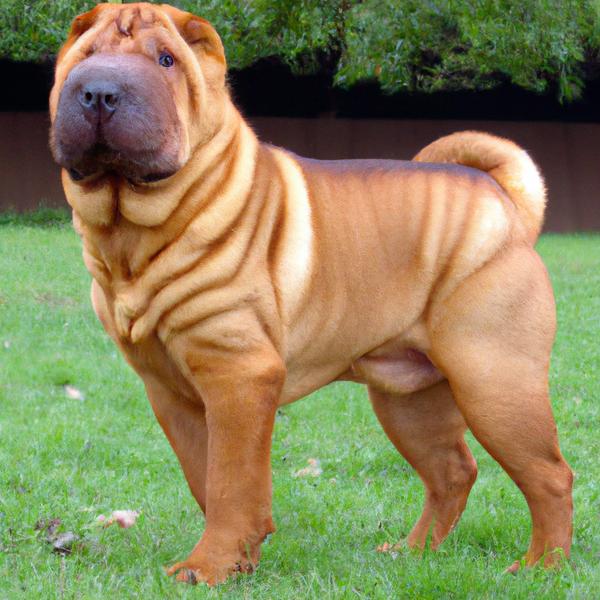
Ori Pei
Siberian Cocker vs Ori Pei

West Australian Terrier
Siberian Cocker vs West Australian Terrier
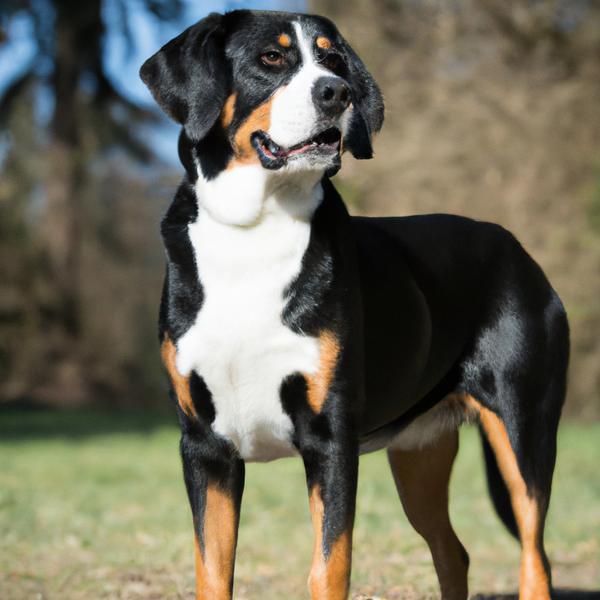
Greater Swiss Mountain
Siberian Cocker vs Greater Swiss Mountain
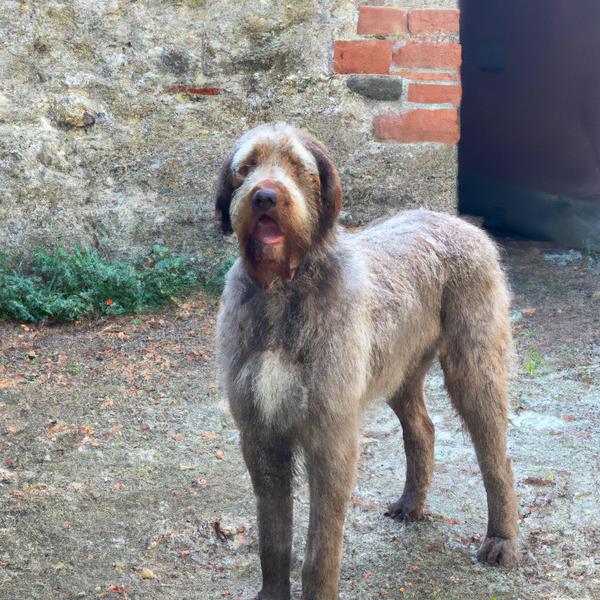
Spinone Italiano
Siberian Cocker vs Spinone Italiano

Blue-Tzu Heeler
Siberian Cocker vs Blue-Tzu Heeler
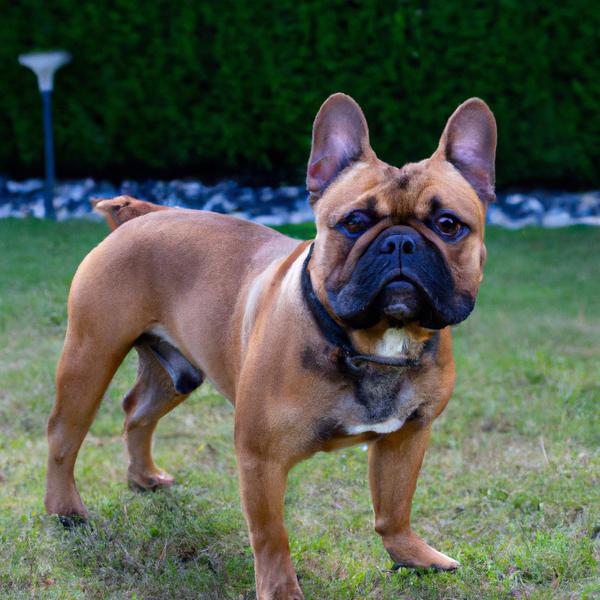
French Masti-Bull
Siberian Cocker vs French Masti-Bull
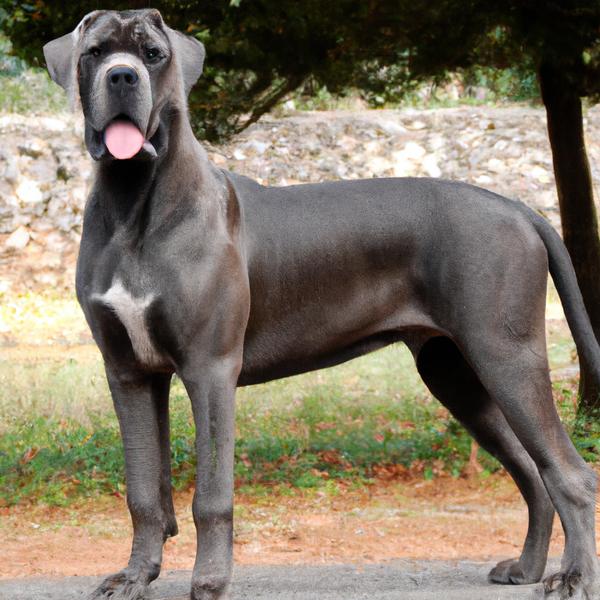
Presa Dane
Siberian Cocker vs Presa Dane
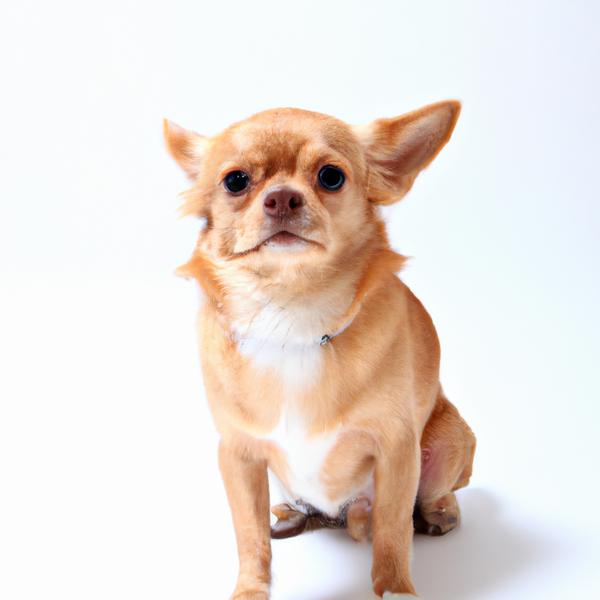
Chi-Chi
Siberian Cocker vs Chi-Chi
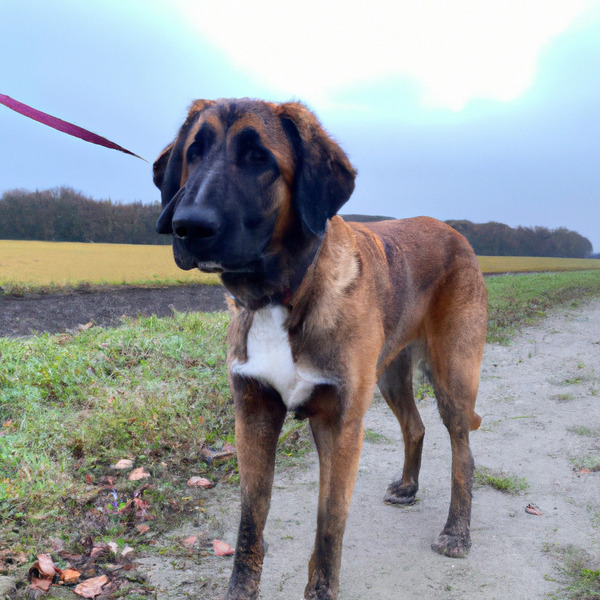
Dutch Smoushond
Siberian Cocker vs Dutch Smoushond
